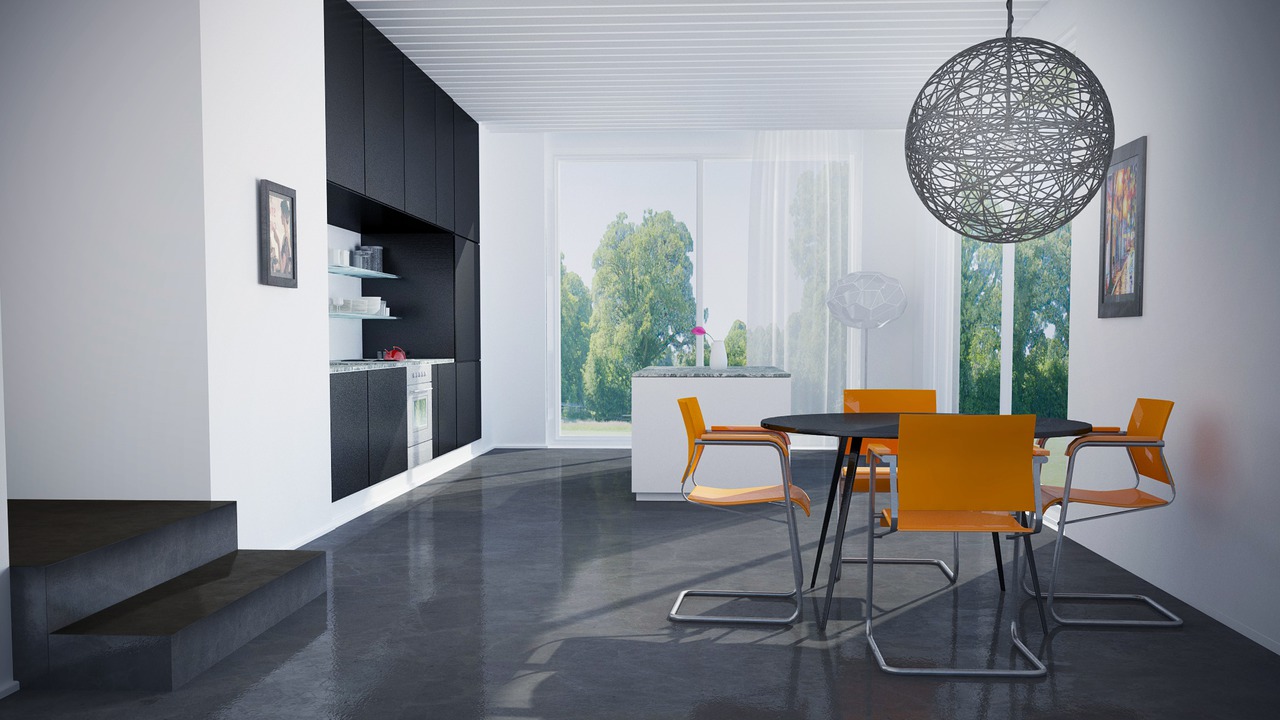

There are differences in the texture projection algorithms of Archicad and CINEMA 4D, and CINEMA 4D also offers more projection methods than Archicad.One should use the default material model for creating materials for conversion. In these cases parameters and parameter categories are used that are not known by the converter, so these settings are ignored, and if there is not any parameter among the material’s settings that could be converted, the whole material conversion is skipped, and no material is assigned to the converted object in Archicad. Beside the default material model structure there is the possibility in CINEMA 4D to create materials based on different lighting model.While in CINEMA 4D textures can be applied to many kinds of settings (like luminance, transparency), Archicad use textures only for determining object colors, so even the bitmap textures are ignored during the conversion when applied to non color material properties. The only textures one can convert are the bitmaps loaded from image files (jpg/png/bmp). These cannot be converted, while these algorithms are not implemented in Archicad. CINEMA 4D also offers textures that are based on singular algorithms that are computed during rendering.Some of these parameters have according material settings with exactly the same functionality in Archicad, some others can be converted, but there are some that cannot be interpreted by the rendering engine of Archicad, these are simply ignored. There are a large number of parameters for setting the materials’ visual behavior when affected by direct or indirect light or like glowing, transparency, etc. CINEMA 4D offers much more material setting possibilities than Archicad does.During the import process only the material and geometry data is being converted.
#Cinema 4d r12 modeling tutorial free#
Feel free to share it with us.Limitations at importing CINEMA 4D models into Archicad by loading, merging c4d type files and by freeform modeling: While compiling this list, it’s always a possibility that we missed some other great Tutorials. Cinema 4D + Poser tutorialĬontinue Reading Part II > Sources for Learning Cinema 4D Tutorial Link – Part I Tutorial Link – Part II 66. Green Abstract TutorialĮffects Related Tutorials 60.
#Cinema 4d r12 modeling tutorial how to#
How to Make an Icon in 3D Using Cinema 4DĪbstract Related Tutorials 55.

How to Create Explosive Typographic Effects in Cinema 4D Tutorial Link – Part I Tutorial Link – Part II Tutorial Link – Part III 48. Cinema 4D Tutorial – How to Create 3D GrassĬharacter Related Tutorials 42. Making a Pickaxe in Cinema 4DĪrchitecture Related tutorials 36. Building Stilistic: Into to Boolean Objects Create 3D objects in Cinema 4D from vector art Modeling cars with HyperNURBS – Cinema 4D XL Making a glass and a wine bottle with C4D

65+ Smoking Photoshop Text Effect Tutorials.125+ Ultimate Round-Up of Illustrator Tutorials.You may be interested in the following related articles as well. In this presentation, we present to you a Ultimate Round-Up of Excellent Cinema 4D Tutorials and Best Practices for igniting your creativity. For those artists whose work demands more than the basic application, There is a CINEMA 4D to satisfy their every needs that utilizes 3D graphics. This application contains everything you need to create high-end 3D images and animations. The next generation, representing two decades of excellence. CINEMA 4D | From Wikipedia, the free encyclopedia.It’s been weeks, since we have been Rounding-Up Excellent Cinema 4D Tutorials and Best Practices which can help you to create amazing 3D graphics.įor those, who don’t know what is CINEMA 4D? and what it can do? Then please follow the link below for detail introduction. Feedback is smooth and interactive so you can let your creativity run free. CINEMA 4D’s intuitive interface and logical workflow make it possible for those new to 3D artistry to dive in and be productive quickly.


 0 kommentar(er)
0 kommentar(er)
